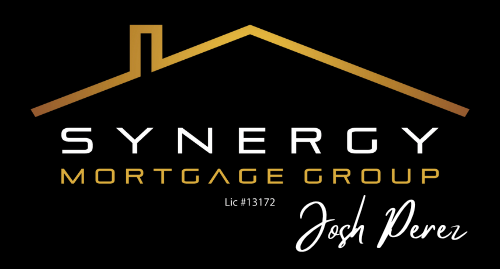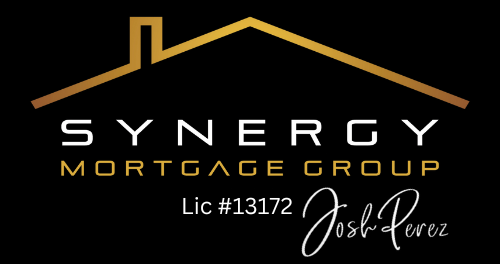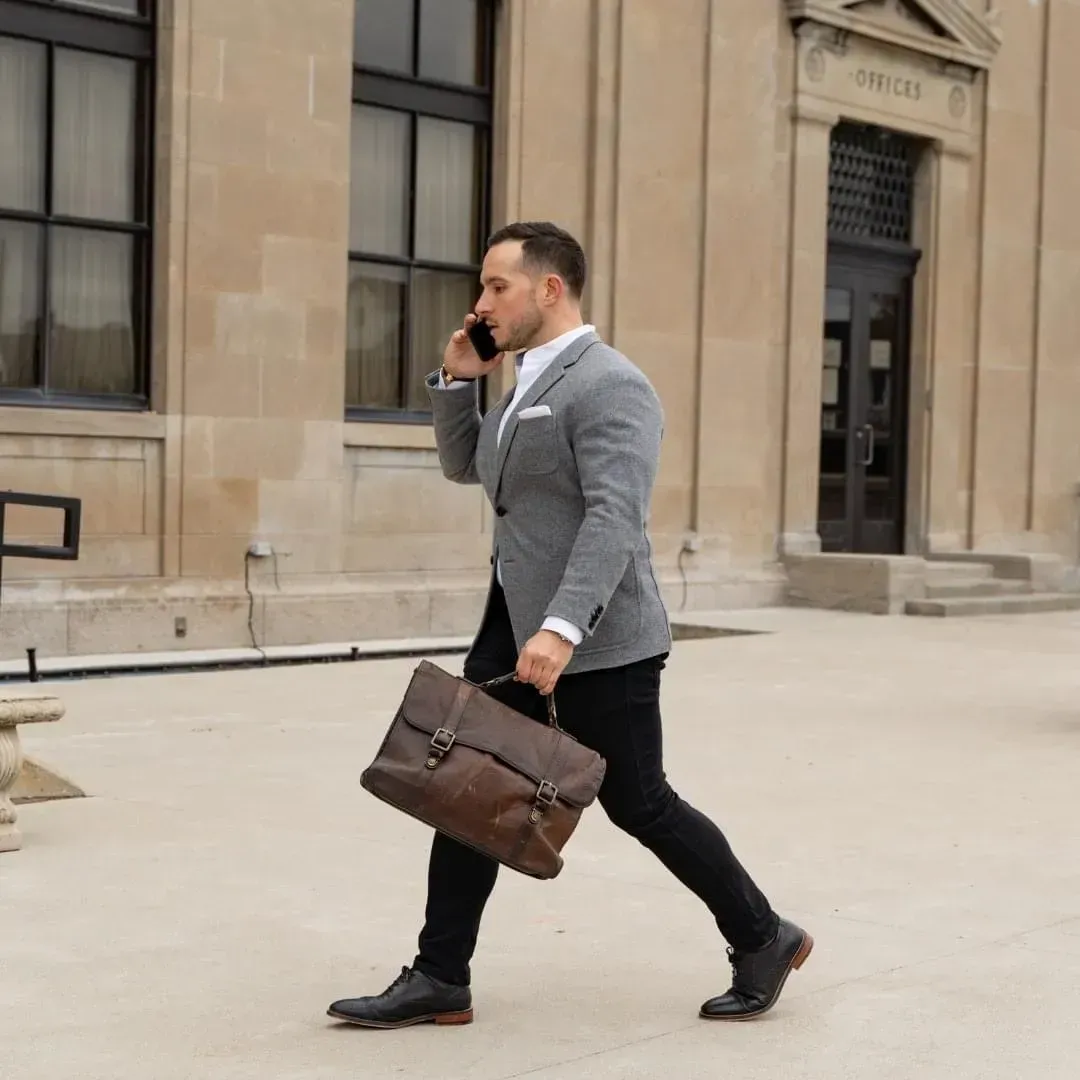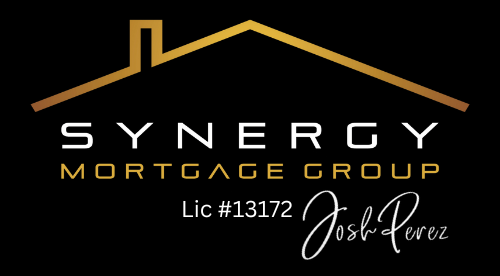Exploring Opportunities in Bungalow Conversions Amid Rising Interest Rates
As interest rates continue to rise, the real estate market is seeing some major shifts. While the rapid growth of property values we saw in 2020 and early 2021 may feel like a distant memory, there are still opportunities for savvy investors to make profitable moves. One strategy I’ve been closely examining involves bungalow conversions, a trend that thrived when interest rates were at historical lows but is still relevant in today’s market with the right approach.
The Bungalow Conversion Trend
Back in the peak of the market—when interest rates were at rock-bottom levels—investors were purchasing bungalows in the $500,000 to $700,000 range, adding significant renovation costs (sometimes $100,000, $150,000, or even $200,000), and converting them into multi-unit properties. These properties would often see their value skyrocket, with two units bringing in over $1 million on the market.
This surge was fueled by the low interest rates, often between 1.5% and 2.5%, which made it easier for investors to carry larger mortgages. With rental income supporting mortgages of $800,000, investors could break even or even cash flow a bit, making the bungalow conversion strategy an attractive option.
The Shift: Rising Interest Rates
Fast forward to today, and interest rates have climbed significantly, ranging between 5% and 6%. This change in the lending landscape has made it harder for many investors to cash flow properties in the same way they did a few years ago. With higher mortgage payments, properties that once offered positive cash flow are now operating at a loss.
But there’s still a way to make this strategy work—by adding more rental income streams. The key is increasing the number of units within the property.
Running the Numbers: Maximizing Rental Income
Let's break down how adding a third rental unit to a property can still make bungalow conversions profitable in today’s market.
- Main Floor Unit (3-bedroom): If this unit rents for around $2,300 per month, that’s a solid start.
- Basement Unit: Depending on the property and its location, basements can typically rent for $1,600 to $2,000 per month. Let’s take an average of $1,800 for this example.
- Detached Garage Unit: A separate garage can be converted into a rentable unit, bringing in an additional $1,700 to $1,800 per month.
By adding a third unit, the total monthly rental income could reach up to $6,000, or more. This significantly changes the cash flow dynamic. For a property with a mortgage of $800,000 to $900,000 at today’s rates, the added rental income can offset the higher mortgage payments, allowing the property to cash flow positively rather than negatively.
The Bottom Line
While the rising interest rates have made it more challenging to generate positive cash flow from traditional rental properties, the bungalow conversion strategy remains a powerful tool for investors. By converting a single-family home into a multi-unit property—whether by utilizing basements or adding a detached garage unit—you can create multiple streams of rental income that make the property viable, even in today’s higher-rate environment.
In summary, the strategy is still worth exploring. With the right renovations and rental income projections, you can still cash flow and potentially see a great return on investment in today’s market. The key is running the numbers, understanding your rental potential, and adapting to the changing landscape of real estate financing.
By converting a single-family home into a multi-unit property—whether by utilizing basements or adding a detached garage unit—you can create multiple streams of rental income that make the property viable, even in today’s higher-rate environment.





